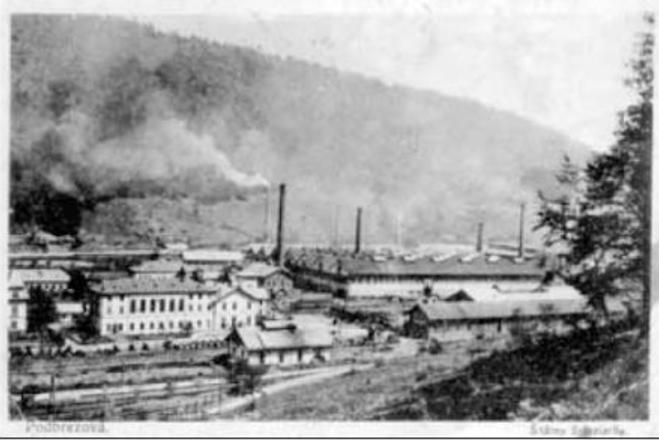IN 1840, in the Horehronie (Upper Hron River) region under the hill of Brezová, work began on a new factory complex that was to become one of the biggest in the Hungarian Kingdom during the following decades. The new factory in part stemmed from the centuries-old mining and metalworking traditions of the region.
The ironworks in Podbrezová came to employ inhabitants from a wide surrounding area. People from both nearby and more distant villages, as well as from coal-processing and logging settlements, travelled to the new factory to find work.
By the end of the 19th century, the ironworks in Podbrezová were among the most successful in the whole of Hungary. The plant exported construction and bridge steel, sheet metal, pipes, enamelled dishware and cast-iron parts across the whole kingdom, and to neighbouring countries.
Within decades, Podbrezová became a small town with lodging houses for workers, a school and a church. It had a cinema as early as 1912.
The ironworks have since experienced good times and bad, but they remain in operation to this day.
In this postcard, we see them in the years after WWI.

